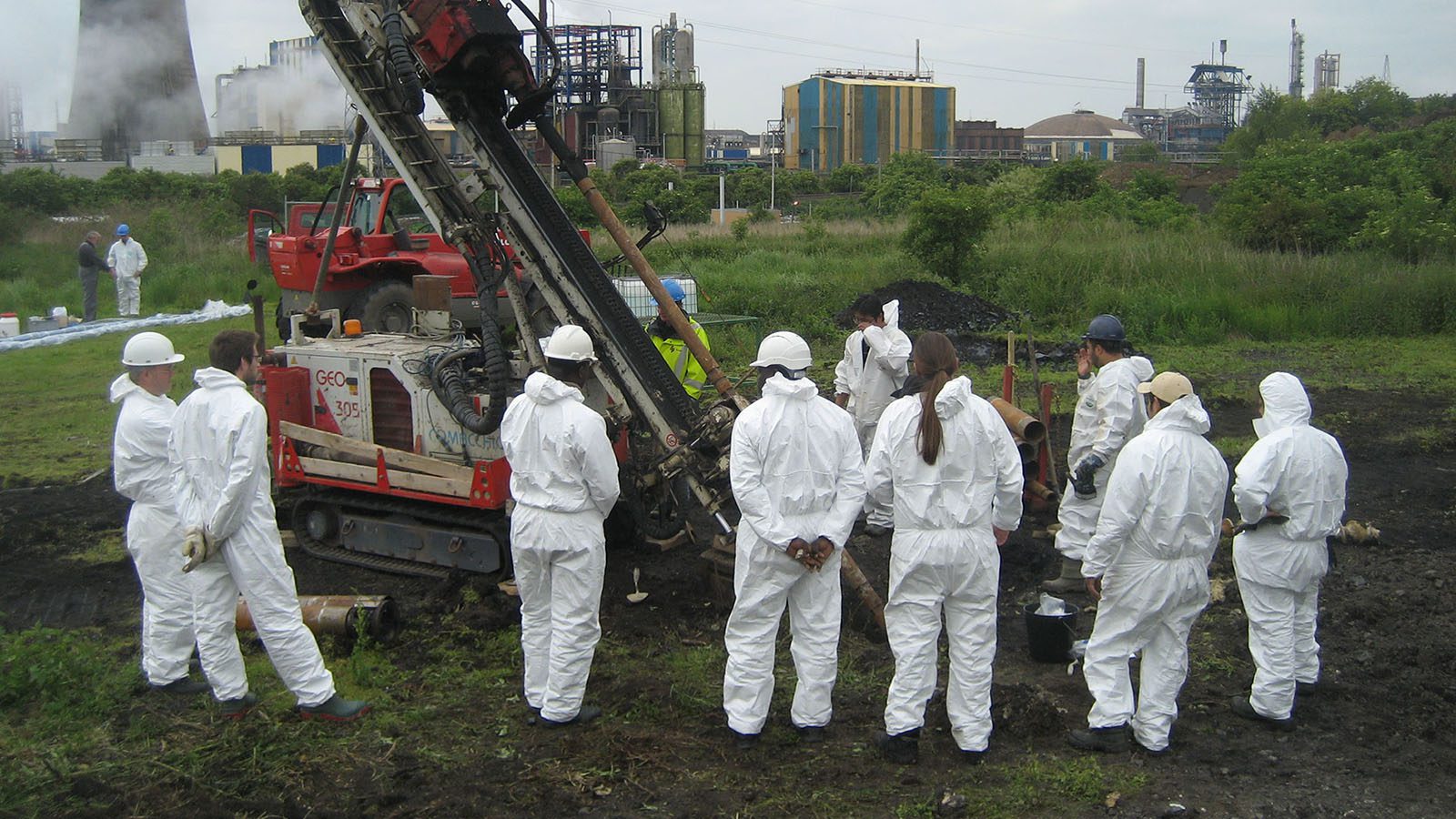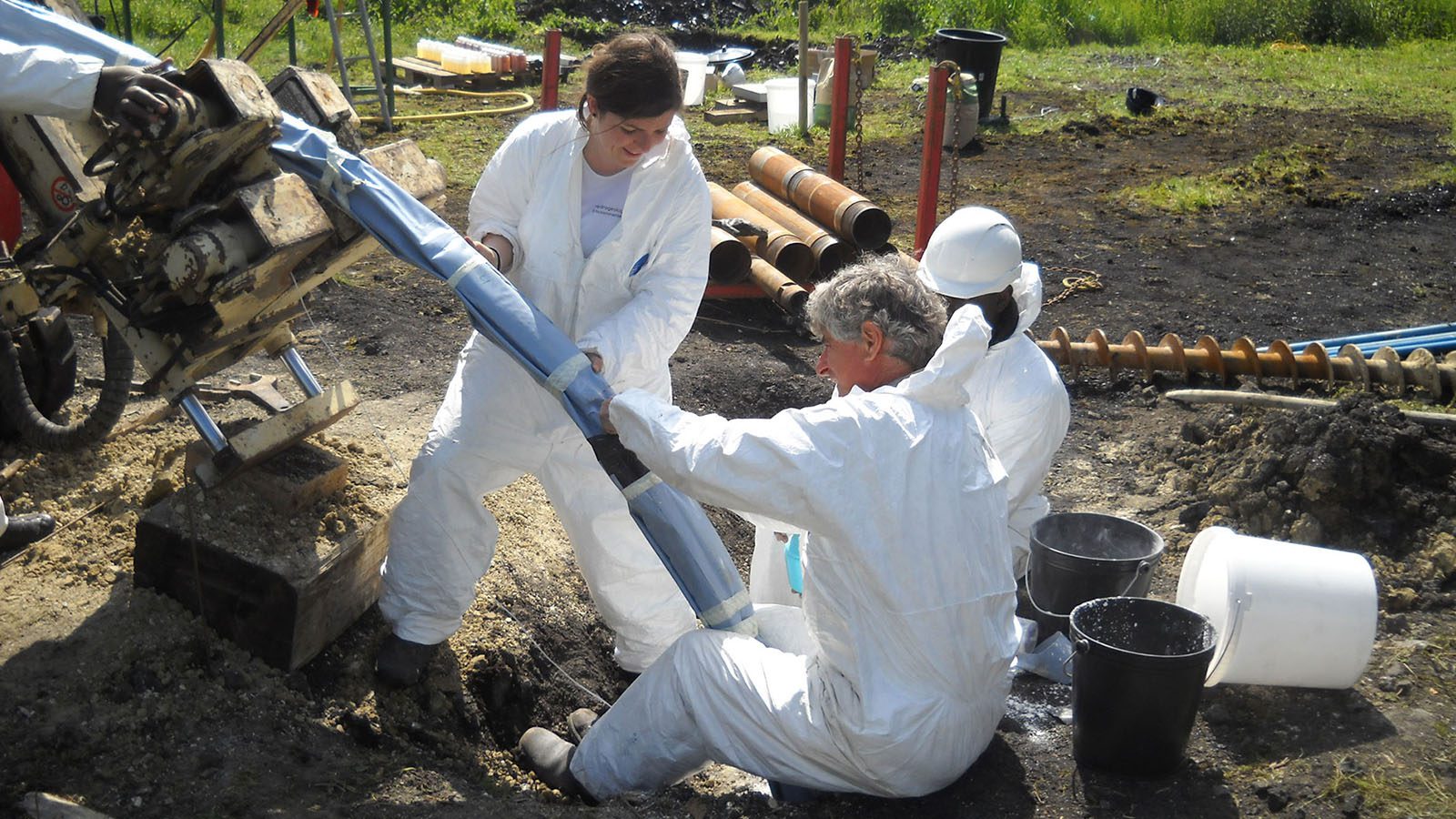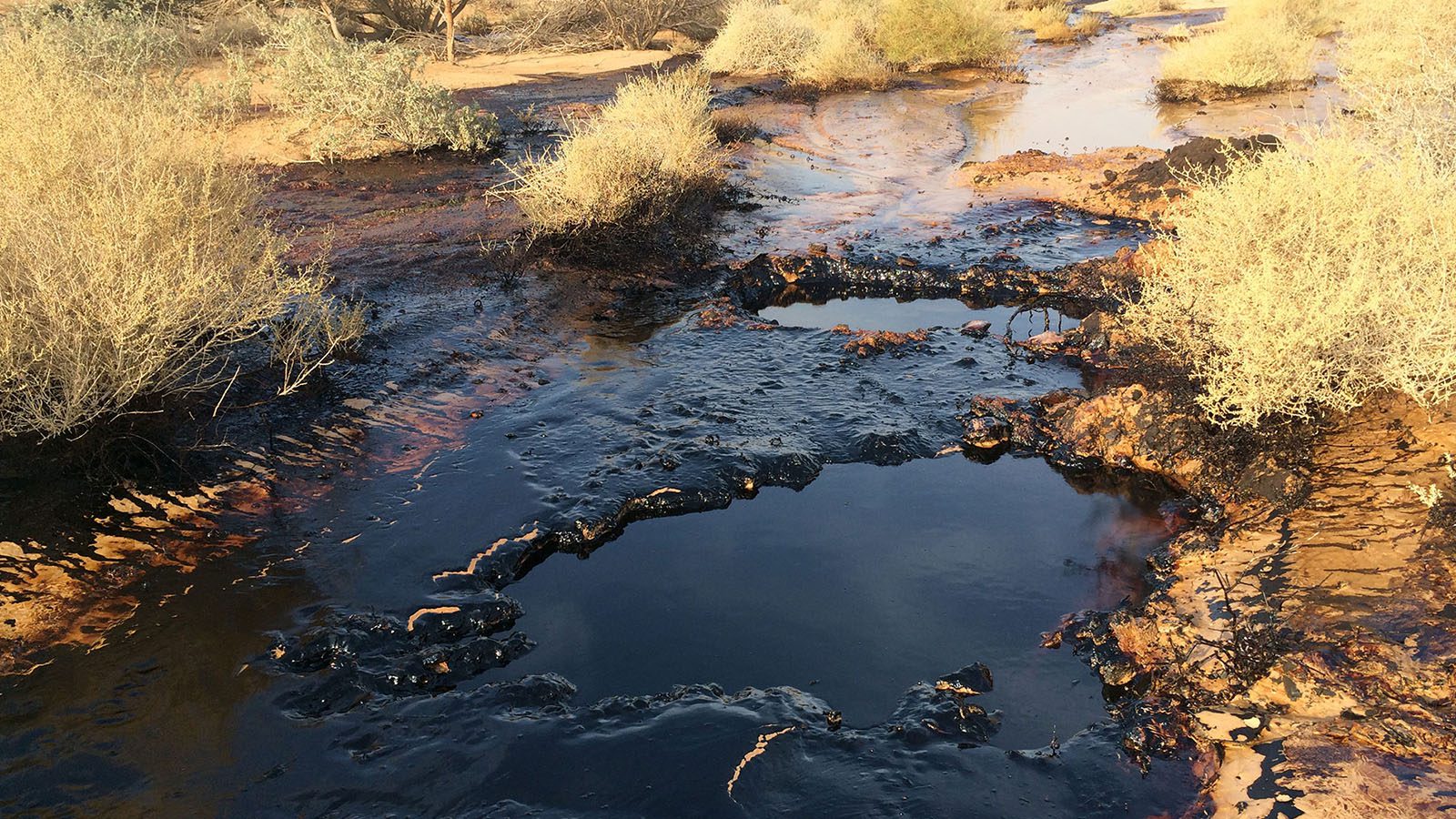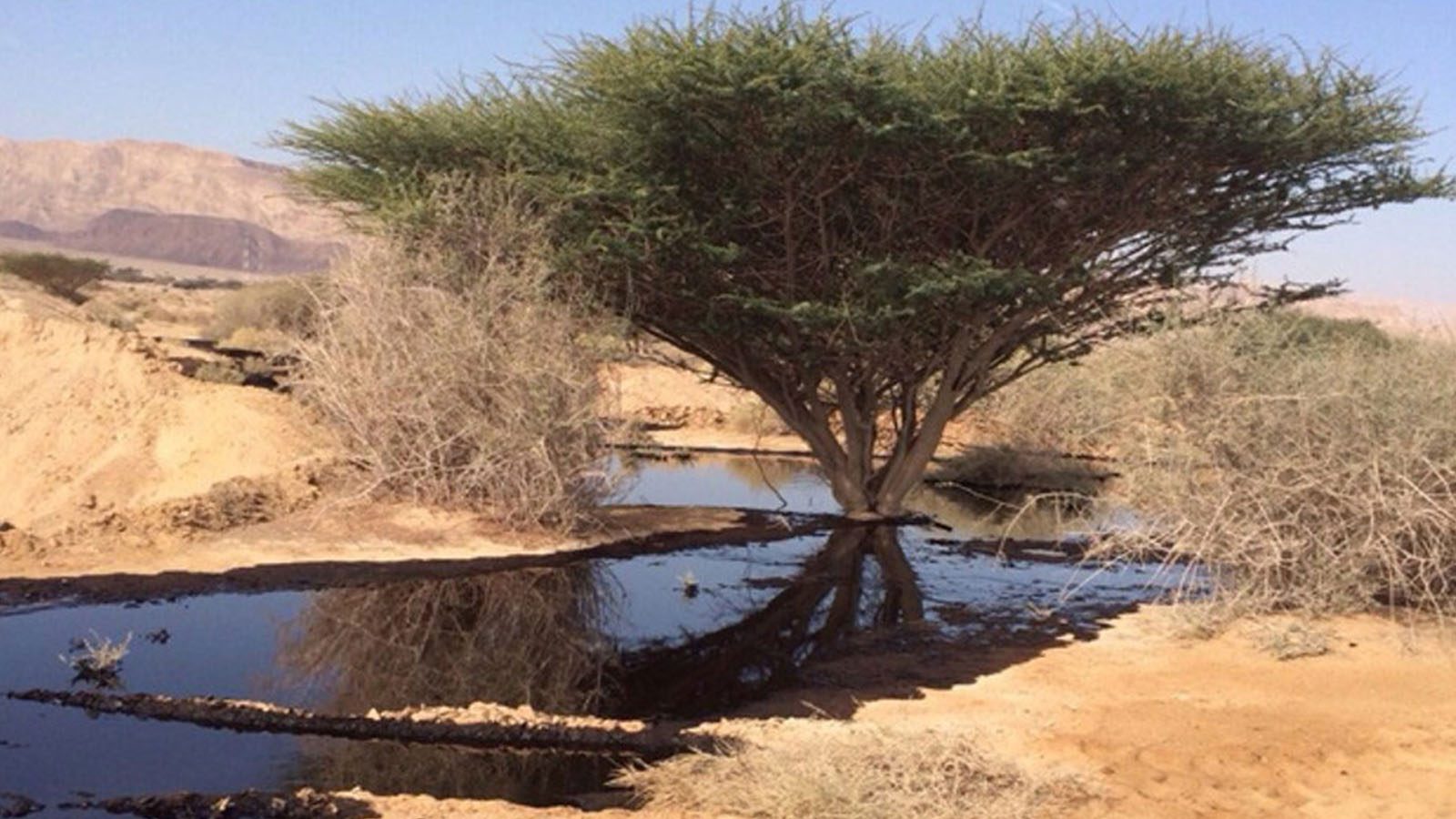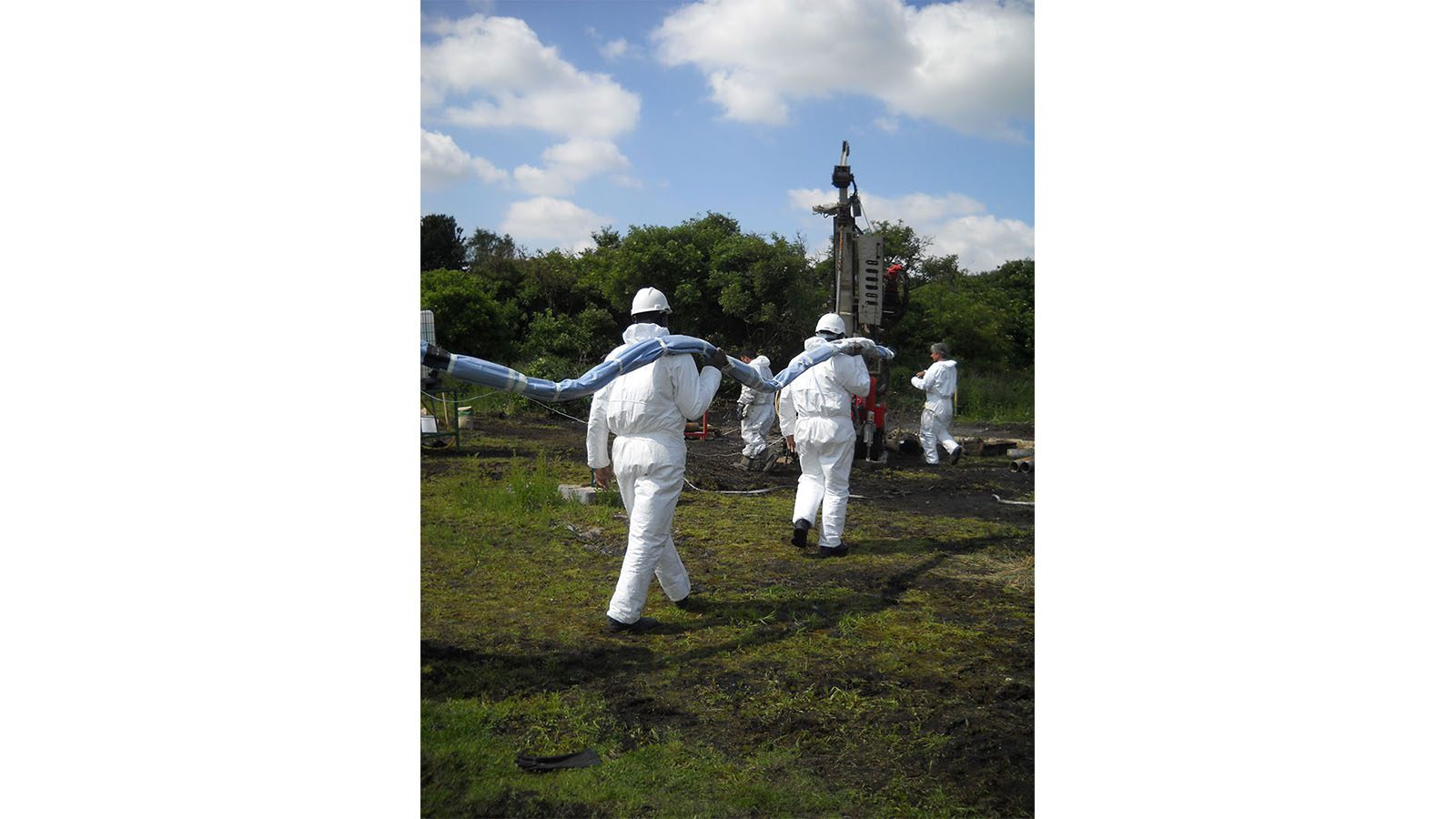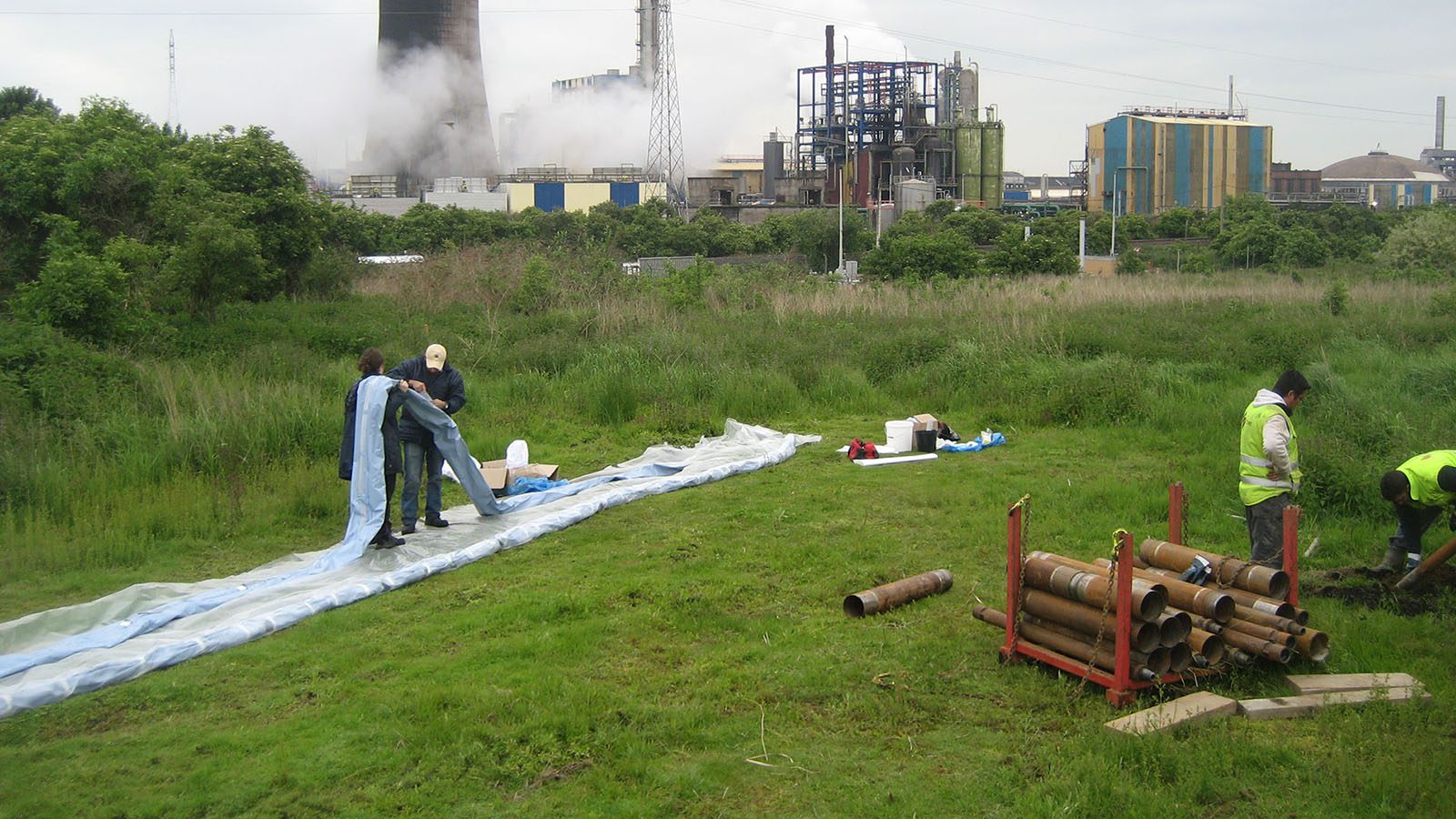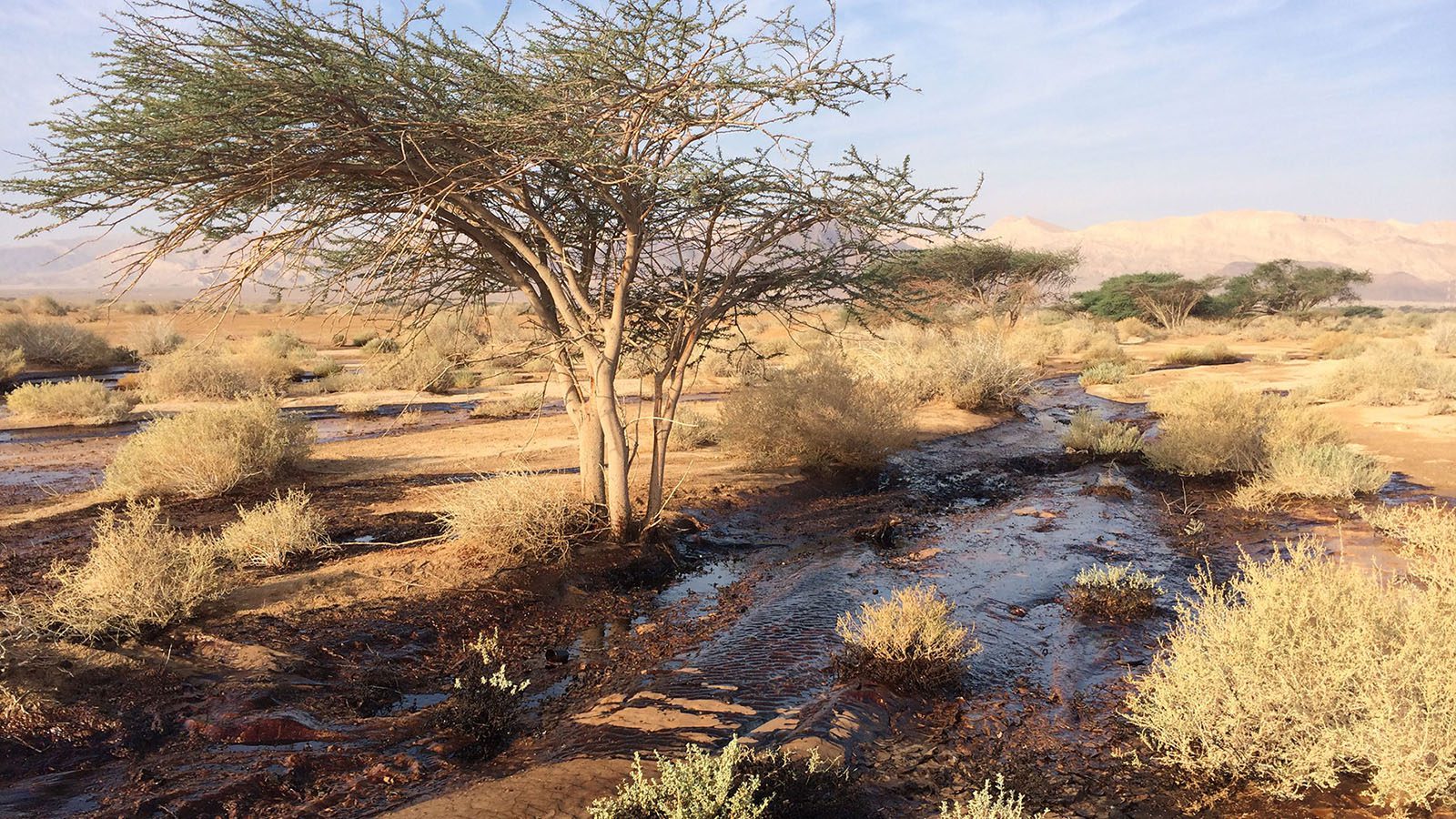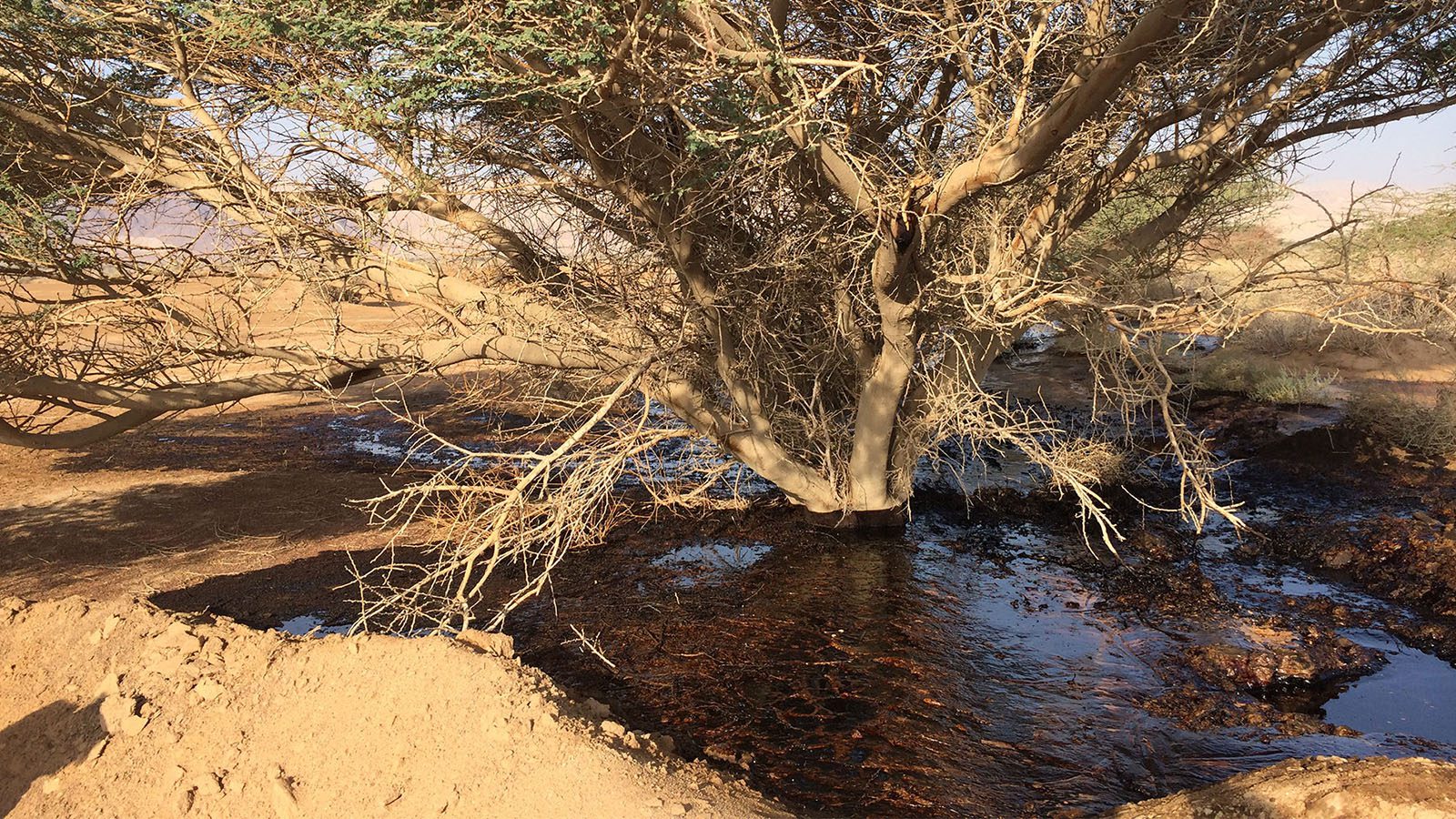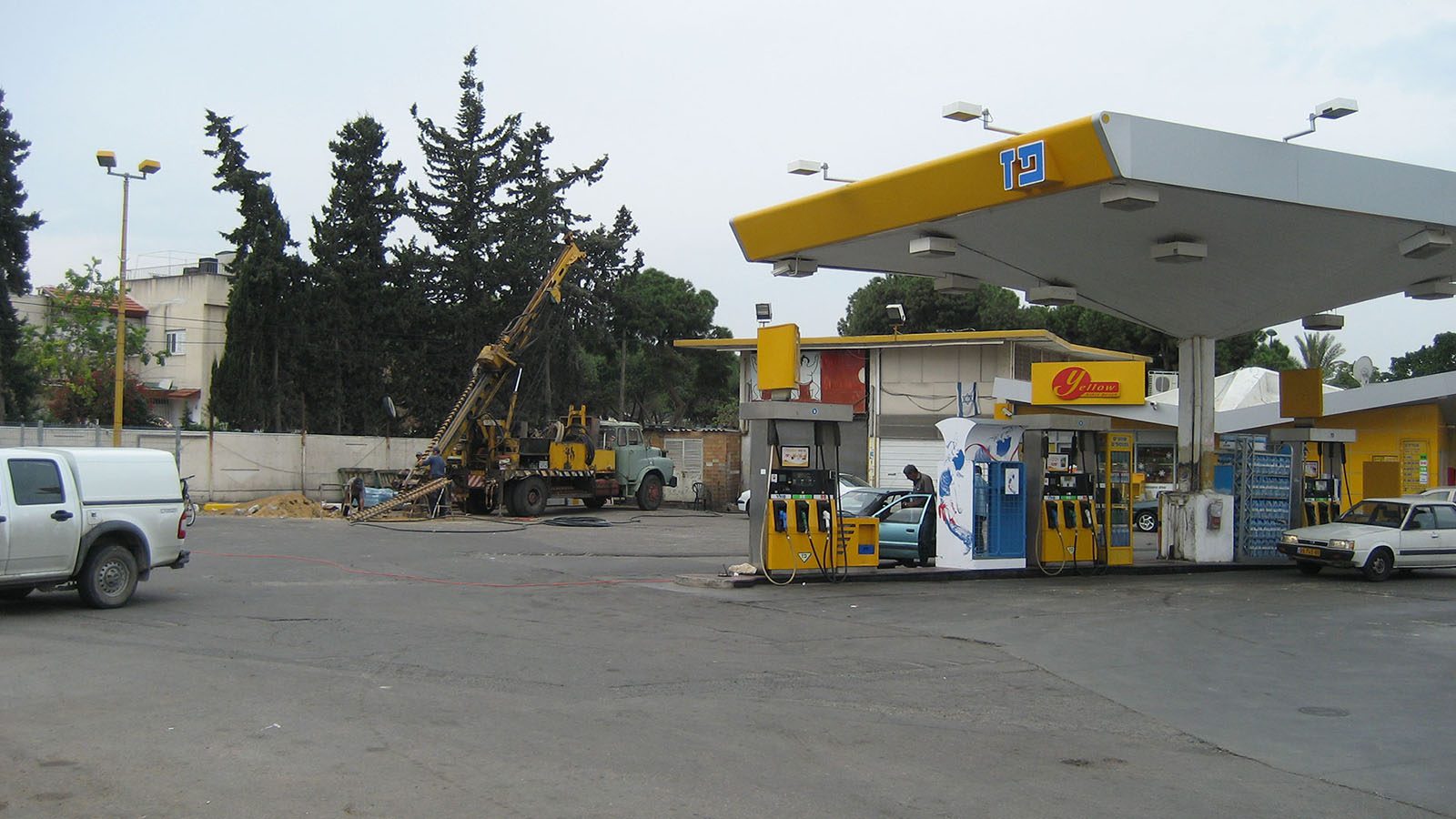Home » Land Remediation
Contaminated
Land Remediation
Optimization
Land Remediation Optimization
Optimization of in-situ bio-remediation strategies is much dependent on the capability to obtain real-time information on the chemical and hydrological properties of the subsurface. Access to accurate, continuous data on the conditions of moisture, nutrients, redox, degrading bacteria and electron donors/acceptors is a significant asset, especially in large scale in-situ remediation processes of contaminated unsaturated zones.
Sensoil’s Vadose-zone Monitoring System™ (VMS) provides real-time, continuous tracking across the entire unsaturated zone, from land surface to groundwater, enabling contaminated land remediation optimization.
The Challenge of Contaminated Land Remediation
In-situ bio-remediation of the vadose zone depends mainly on the ability to change the subsurface hydrological, physical and chemical conditions in order to enable development of specific, indigenous, pollutant degrading bacteria.
As such, remediation efficiency is much dependent on the capacity to implement optimal hydraulic and chemical conditions in deep sections of the vadose zone. These conditions are usually determined in laboratory experiments where parameters such as the chemical composition of the soil water solution, redox potential and water content of the sediment are fully controlled.
Common implementation of degradation conditions in the deep vadose, is obtained through infiltration of water enriched with chemical additives on the land surface. It is assumed by many, that deep percolation into the vadose zone of amended water, creates chemical conditions that promote biodegradation of specific compounds. However application of water with specific chemical conditions near land surface, does not necessarily result in promoting desired chemical and hydraulic conditions in deep sections of the vadose zone.
Monitoring in-situ Contaminated Land Remediation
Implementation of Sensoil’s Vadose-zone Monitoring System (VMS), provides continuous monitoring of the hydrological and chemical properties of the deep sections of the unsaturated zone.
Flexible time-domain reflectometry (FTDR) probes allow continuous monitoring of the temporal variation of the vadose zone water content. Vadose-zone sampling ports (VSPs) enable frequent sampling of the sediment pore-water and gas at multiple depths. Installation of the VMS in sites undergoing active contaminated land remediation provides real time information on the actual chemical and hydrological conditions in the vadose zone as the remediation process progresses.
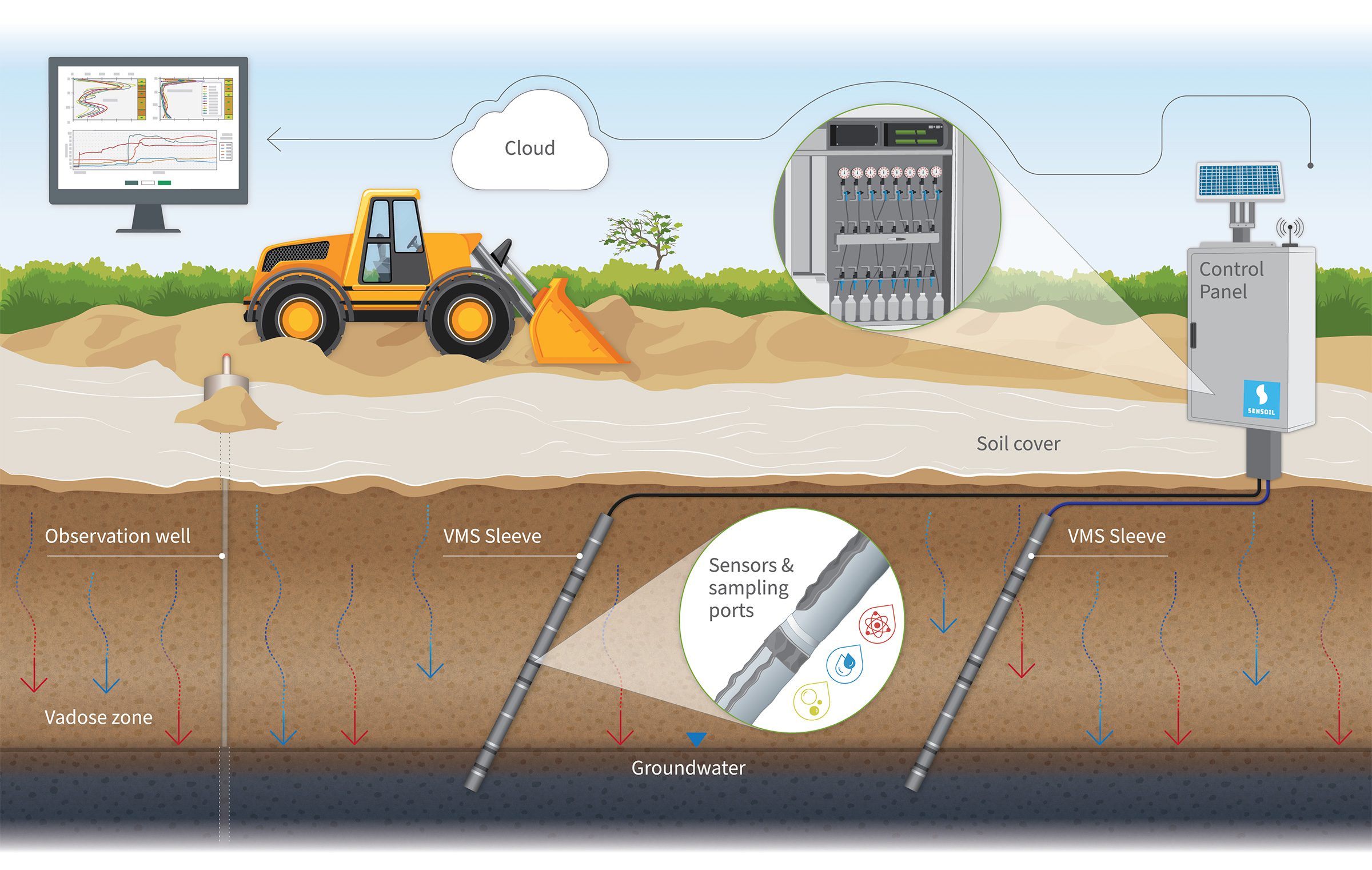
Implementation of Sensoil’s unique VMS in contaminated land and soil bioremediation projects has demonstrated enhanced remediation results. Manipulating subsurface conditions based on VMS real-time data, enhances in-situ bioremediation processes in contaminated sites.
Past projects include a 20 m deep vadose zone contaminated with gasoline products, and a 40 m deep vadose zone contaminated with perchlorate. In both cases temporal variation of the sediment water content as well as the variations in the vadose zone chemical and isotopic composition allowed real time detection of water flow velocities, contaminant transport rates and bio-degradation degree. Results and conclusions from each wetting cycle were used to improve the following wetting cycles in order to optimize contaminants’ degradation conditions, while minimizing leaching of contaminants to the groundwater.
Photo Gallery
Testimonial
“The department of Contaminated Soils, Fuels and Wastewater in the Israeli Ministry of Environmental Protection, is familiar with the Vadose zone Monitoring System. The system is found to be effective for prevention of soil and water resources pollution. In recent years the (Israel) Ministry of Environmental Protection supported several studies, carried by Vadose zone Monitoring Systems (VMS) including remediation of contaminated land and sites.”
